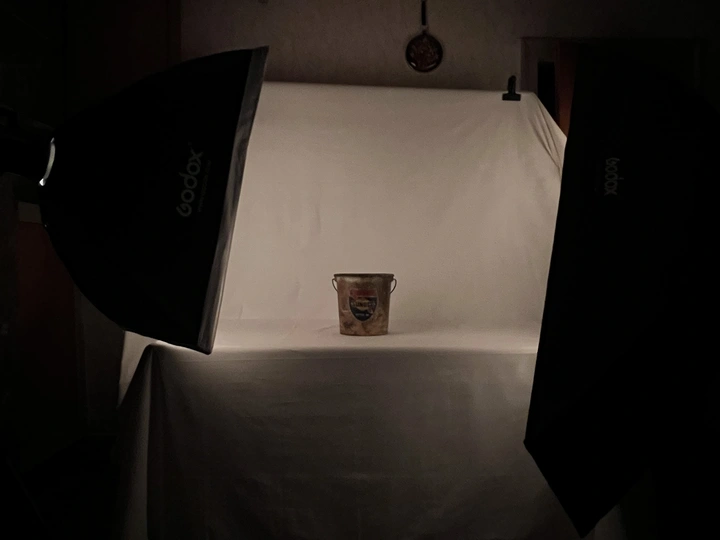Makemefeel - architecture as ritual and care

I believe in the power of the small.
A gesture, a glance, a comfort.
It doesn’t have to be grand or groundbreaking -
being present is enough.
As an architect and scenographer, I work in slowness.
For me, creating space begins with feeling, observing, listening.
Not to direct right away, but to let things emerge.
Always guided by a story.
At the same time, I love tempo.
Quick action, something that happens immediately.
That rhythm keeps me sharp: slow where it matters, fast where it flows.
Not a contradiction, but an exchange.
My work moves on the edge between architecture and art -
a space where doubt can exist,
where freedom is tangible,
where play can unfold.
I don’t see myself as an architect of buildings,
but as someone who makes space -
physical, mental, emotional.
Space that feels right, for someone, in a place, in a moment.
Even if I speak clearly and with direction, I am still searching.
Design as a way to support grief, farewell, and transition continues to move me.
I also want to explore film further — not as illustration,
but as a way of feeling, thinking, and dwelling.
Making space is not an end point,
but an ongoing process.
_____________
I hold a Master of Science in Architecture (2014) from Ghent University and recently completed the Design for Impact program at Luca School of Arts, Ghent. I have professional experience as an architect and scenographer. I participated in workshops on natural building techniques and film across Europe and Morocco. In 2024, I won third prize at the Venice Architecture Film Festival with my first short film For Sale (3 min), which was also selected for the Ghent International Short Film Festival.
The project follows the transformation of a former blacksmith’s house in rural Belgium. A couple, preparing to let go of their former home, invited me in - not to design a solution, but to be present. With no fixed plan, we moved slowly, guided by intuition, trust, and care.
Instead of starting from form, we started with time: shared conversations, silence, and observation. What held meaning was revealed through storytelling, visual documentation, and ritual. The house was gently emptied - not erased, but honored. Objects were isolated, photographed, and archived, allowing memories to surface.
Architecture here wasn’t imposed - it emerged. It listened. The process moves through five phases: intuition, exploration, grief, imagination, and connection.
Makemefeel offers a shift: away from outcome, toward relation. Away from speed, toward presence. It asks how architecture can hold space - not just shape it. And how care, over time, can become a form of transformation.
Slowness wasn’t a delay, it was the method. Care wasn’t an extra layer, it was the structure. Every material act - sorting, archiving, dismantling - became a ritual. Value was found not in new forms, but in what already existed: worn objects, a ticking clock, handprints left behind.
Although the design process is still ongoing, the research has already laid a solid foundation. The first three phases - intuition, exploration, and grief - have been thoroughly developed and now serve as a basis for the next steps: imagination and connection.
This experience shifted my practice. It taught me that design doesn’t always start with doing - sometimes, it begins with being. With presence. With trust.
What if architecture isn’t the answer, but the question?
What if spaces isn’t made, but revealed?
What if the role of the architect is simply to witness?
Makemefeel explores exactly that.